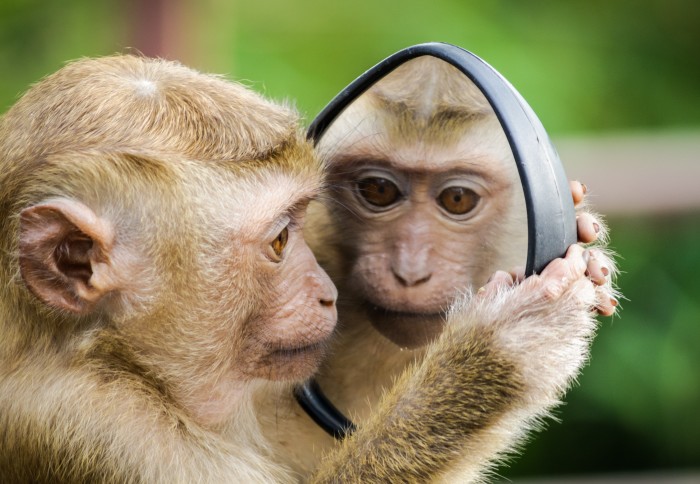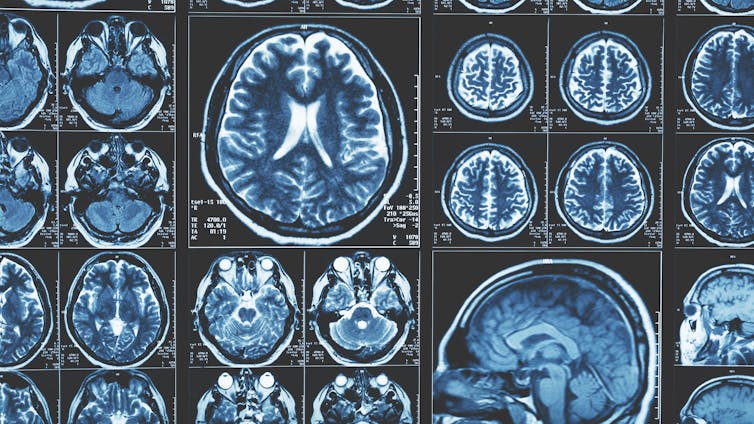Unique Features of the Human Brain

The human brain stands out significantly from those of other animals due to its complex structure, advanced cognitive abilities, and unique neuronal characteristics. This report synthesizes insights from various studies and expert opinions to outline the distinctive features that contribute to the uniqueness of the human brain.
Size and Structure

One of the most apparent differences between the human brain and those of other animals is its size and structure. The human brain typically weighs about 1.2 kg and is larger in proportion to body size compared to other primates, such as chimpanzees, whose brains are roughly one-third the size of a human brain. A key reason for this weight and size difference is the evolutionary expansion of the association cortex, which is crucial for complex cognitive functions like language, self-awareness, and problem-solving[4]. Furthermore, humans possess a larger cerebral cortex, containing around 16 billion neurons as opposed to the fewer neurons found in most other animals[3].
Additionally, unique characteristics in human neurons have been identified, such as a lower density of ion channels compared to other mammals, which allows for more efficient energy use in processing information. This adaptation enables complex synaptic connections and rapid firing of action potentials necessary for sophisticated cognitive tasks[1].
Advanced Cognitive Abilities

Humans exhibit enhanced cognitive abilities that facilitate complex thought processes and social interactions. Notable among these is the ability for 'nested scenario building,' which refers to the capacity to imagine and reflect on alternative situations within larger narratives[13]. This capability equips humans to plan and make decisions based on future possibilities, a skill that is less developed in other animals.
Central to human cognitive processes are 'concept cells,' or 'Jennifer Aniston neurons,' which uniquely respond to abstract concepts, allowing for complex memory formation and high-level thinking that is generally not observed in animals[5]. These neurons store meanings devoid of contextual details, supporting advanced reasoning and the ability to make inferences, analogies, and associative connections[5].
Another significant cognitive feature is the concept of 'shared intentionality,' which describes the mutual understanding individuals have when engaging in collaborative tasks. This capacity for cooperation enhances human social interactions and cultural developments, allowing for shared experiences and collective knowledge transfer across generations, known as the 'ratchet effect'[2].
Emotional Complexity and Social Behavior

The human brain is also distinguished by its higher level of emotional complexity and social behavior. The development of the prefrontal cortex is linked to advanced social functions such as empathy, cooperation, and moral reasoning[7]. These traits are critical for forming intricate social bonds and navigating the complexities of human relationships. While some animals exhibit social behaviors, the depth and breadth of human emotional intelligence, tied to cognitive development, are markedly superior.
Synergistic Information Processing
In terms of information processing, the human brain displays a higher level of 'synergistic' interactions than that of other primates like macaques. Synergistic processing encompasses patterns where information flow across different brain regions exceeds the sum of their individual contributions, particularly in areas responsible for complex functions like learning and social cognition[6]. This capacity for synergistic interactions not only enhances cognitive efficiency but also fosters the integration of various types of information to support advanced problem-solving abilities unique to humans.
Genetic and Cellular Distinctions

Further distinguishing features are linked to the genetic and cellular makeup of the human brain. Studies indicate the presence of species-specific neuron types, including a unique microglia type that plays a role in brain maintenance and disease response[10]. The differential expression of genes, such as the FOXP2 gene associated with language and communication, highlights the genetic underpinnings of cognitive capabilities that are specific to humans[10].
Prolonged Development and Learning

The human brain's ability to undergo prolonged developmental phases also sets it apart. This extended period allows for substantial learning and cognitive skill acquisition, crucial for mastering complex tasks such as toolmaking, control of social dynamics, and theory of mind[8]. This developmental approach emphasizes the interplay between genetic predispositions and environmental influences on cognitive development, leading to significant variations in cognitive abilities among human populations[16].
Connectivity and Functional Networks
Finally, the structural connectivity of the human brain exhibits distinct patterns that enhance cognitive functions. Research has identified unique long-range connections in the human brain that facilitate complex processing related to language, reasoning, and social cognition, differentiating it from the brains of other primates[15]. The unique aspects of the human connectome contribute significantly to advanced cognitive functions, allowing humans to engage in more sophisticated interactions and cultural expressions.
Conclusion

In summary, the human brain's uniqueness arises from a combination of its size, structural complexity, advanced cognitive abilities, emotional depth, and genetic factors. The interconnections among these features enable humans to navigate complex social landscapes, innovate, and evolve culturally, creating a disparate cognitive experience that sets our species apart from others. As research continues, further understanding of these characteristics may illuminate the evolutionary trajectory that has shaped the human brain.
Get more accurate answers with Super Pandi, upload files, personalized discovery feed, save searches and contribute to the PandiPedia.
Let's look at alternatives:
- Modify the query.
- Start a new thread.
- Remove sources (if manually added).